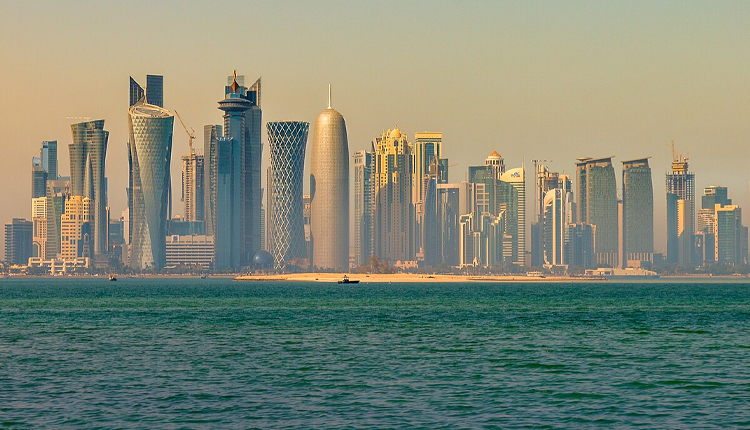Fitch Ratings expects in its latest report on Wednesday that the Qatari banking sector would maintain its stability, supported by robust capitalisation and improved liquidity. However, Fitch said continued pressures in real estate and construction, along with higher Stage 2 loan levels, will require careful management to sustain growth and profitability in the long term.
Qatari banks have demonstrated stable financial metrics and a strong rebound in credit growth, driven by non-oil economic activity in the first half of 2024, said the rating agency. The sector’s annualised credit growth reached 6.3 per cent in the first 10 months of the year, outpacing 2023’s rate of 2.9 per cent. This growth reflects improving operating conditions and signals a resurgence in Qatar’s banking sector.
Key players such as Dukhan Bank (9 per cent), Doha Bank (7 per cent), Qatar International Islamic Bank (7 per cent), and Qatar National Bank (6 per cent) reported significant credit growth in the first nine months of 2024, contributing to an annualised sector return on average equity rising to 16.7 per cent from 15.8 per cent in 2023.
Despite these gains, Qatari banks continue to face challenges in asset quality, particularly in the real estate and construction sectors. The impaired loans ratio remained stable at 3.6 per cent by the end of the third quarter, but Stage 2 loans, which indicate elevated credit risk, averaged 11 per cent of gross loan portfolios—significantly higher than the 5 per cent average seen in Saudi Arabia and the UAE. These pressures have kept the cost of risk in Qatar among the highest in the Gulf Cooperation Council (GCC), at 78 basis points for the year so far, compared to 40 basis points in the UAE and 30 basis points in Saudi Arabia.
Qatari banks remain well-capitalised, providing a buffer against potential asset quality deterioration. The average common equity Tier 1 ratio rose to 15.5 per cent in the first nine months of 2024, while the total capital ratio stood at a solid 19.8 per cent. Loan loss allowances also increased to 142 per cent of impaired loans, underscoring strong provisioning practices.
On the liquidity front, deposits grew by 6.3 per cent —the fastest rate since 2022—keeping pace with lending growth. Qatar National Bank and Ahli Bank led deposit growth with increases of 6 per cent and 14 per cent, respectively, further bolstering the sector’s liquidity. The loans-to-deposits ratio stabilised at 107 per cent by the end of the third quarter, though it remains higher than in other GCC markets.
Attribution: Fitch Ratings
Subediting: Y.Yasser



